Introduction to Spinal Cage Technology
Spinal cages are integral components in modern spinal surgery, designed to aid in the stabilization and fusion of the vertebral column. These devices, also known as intervertebral fusion devices, are meticulously engineered to support the spinal structure by filling the intervertebral space left after disc removal. The primary function of a spinal cage is to maintain vertebral spacing and promote bone growth between vertebrae, leading to spinal fusion.
Types and Materials
The variety of spinal cages available caters to different anatomical and surgical requirements. Materials commonly used in the construction of these cages include titanium, polyetheretherketone (PEEK), and biocompatible metals, each selected for their durability, flexibility, and compatibility with body tissues. The choice of material impacts the cage's performance in terms of imaging compatibility, biological response, and structural support.
Applications and Advantages
Spinal cages are utilized in procedures such as lumbar and cervical spine surgeries, addressing conditions like degenerative disc disease, spondylolisthesis, and spinal stenosis. The strategic placement of a cage can alleviate pain and restore mobility. Advantages of using spinal cages include their minimally invasive insertion, potential to reduce recovery time, and ability to restore intervertebral height and spinal alignment.
Design Features
The design of a spinal cage is critical for its success. Modern cages feature an open architecture to facilitate bone grafting and promote osseointegration. Surface technology is also a focus, with micro-texturing being used to enhance stability and encourage bone growth. The cages' geometries are tailored to fit various anatomical spaces, ensuring a precise fit and optimal load distribution.
Compliance and Sterilization
Spinal cages adhere to stringent international standards to ensure safety and efficacy. Sterilization methods such as far infrared and ozone techniques are employed to maintain sterility and prevent infection. The non-irritating nature of the materials used respects the sensitive nature of the surgical site, contributing to patient comfort and recovery.
Selection Considerations
When selecting a spinal cage, it is essential to consider the specific surgical application and patient anatomy. The dimensions and mechanical properties must align with the intended surgical outcome. While Alibaba.com hosts a diverse array of spinal cage options, it is crucial for buyers to assess the specifications and compliance of each product to ensure it meets their clinical needs.
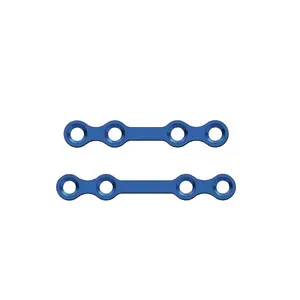
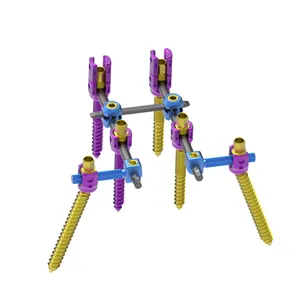
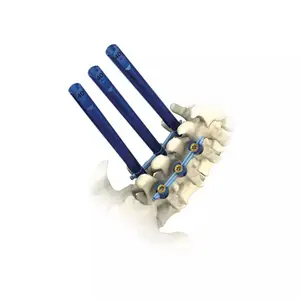


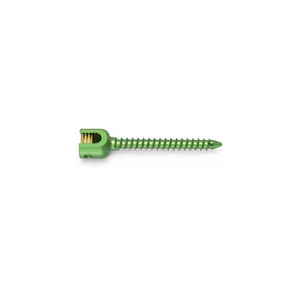







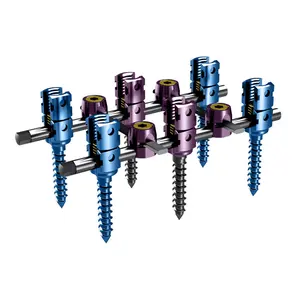













 浙公网安备 33010002000092号
浙公网安备 33010002000092号 浙B2-20120091-4
浙B2-20120091-4